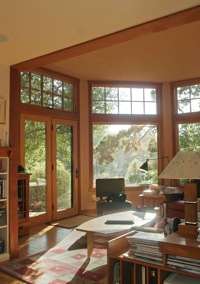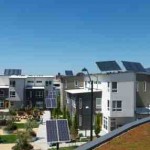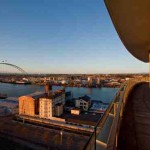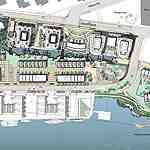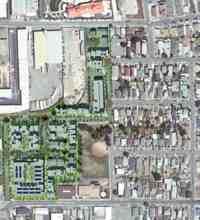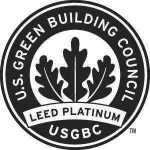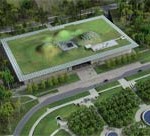Green Building & Design is one of this blog’s main content categories. The following are some of the posts on green building-related topics that have been published on The Green Spotlight or on its sister site (M. Landman Communications & Consulting):
On green building projects:
- 13 Super-Green Buildings [added 12/2013]
- Modular, Prefab, and Compact Options for Green Homes and Structures [added 7/2012]
- LEED Platinum Leaders: 2012 Update of Top-Ranking States and Countries
- Model Sustainable Neighborhoods: LEED ND Developments in the U.S., Canada, and China
- Green Homes: Online Case Studies and Project Profiles
- Online Case Studies and Profiles of Green Buildings in the U.S.
- LEED Platinum-Rated Buildings Worldwide (listing)
- LEED Certified Buildings in Northern California (listing)
- Green Buildings in the San Francisco Bay Area (listing)
- Map of Green Buildings in San Francisco
On green products and materials:
- Water-Saving, High-Efficiency Plumbing Fixtures: Toilets, Showerheads, and Faucets
- ENERGY STAR Products for Homes and Businesses
- How to Choose Less-Toxic, Low-VOC Paints and Coatings (brief intro)
- How to Select Less-Toxic, Low-VOC Paints, Primers, Stains, and Coatings (4-page, 120-KB PDF download)
- Low-Emissions (Low-VOC, Zero-VOC, and Natural) Wall Paints (product listing)
On other green building topics:
- Tips for Saving Energy [added 5/2013]
- Tips for Conserving Water [added 8/2012]
- Green Affordable Housing Resources: Websites and Organizations
- Location, Location, Location: How to Choose a Sustainable Place to Live / Build
- Green Schools: Resources and Links
- Net-Zero-Energy and “Passive” Homes: New Resources
- Low-Cost, High-Payoff Green Home Improvements, Retrofits, and Remodeling Projects
- Sustainable Neighborhoods and Communities: Planning and Development Certification Programs, Projects, and Organizations
- Green Tax Credits, Rebates, and Other Financial Incentives
- Haiti: Sustainable Recovery, Rebuilding, and Community Development Initiatives
A lot of new green building content will be added to the blog in coming months. These are some of the topics that we’ll cover in upcoming posts:
- Green product certifications, eco-labels, standards, and lifecycle data
- LEED ND certified projects: Update of completed neighborhood developments
- One Planet Communities
- Green operations & maintenance practices for households (and for building managers)

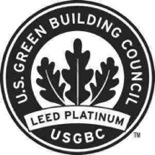 I recently added newly certified Platinum-rated projects (buildings, homes, offices, and stores) to my online listing of
I recently added newly certified Platinum-rated projects (buildings, homes, offices, and stores) to my online listing of 